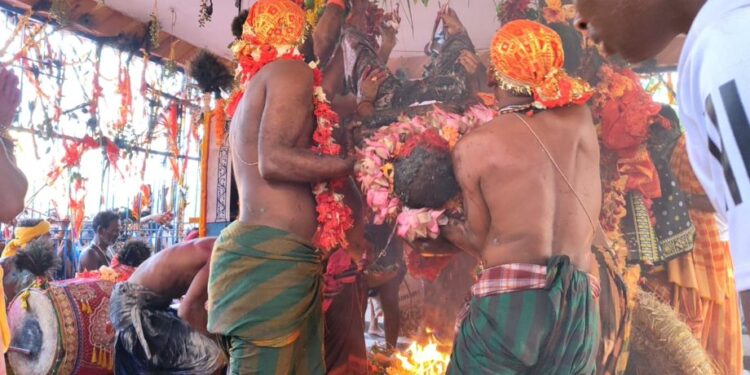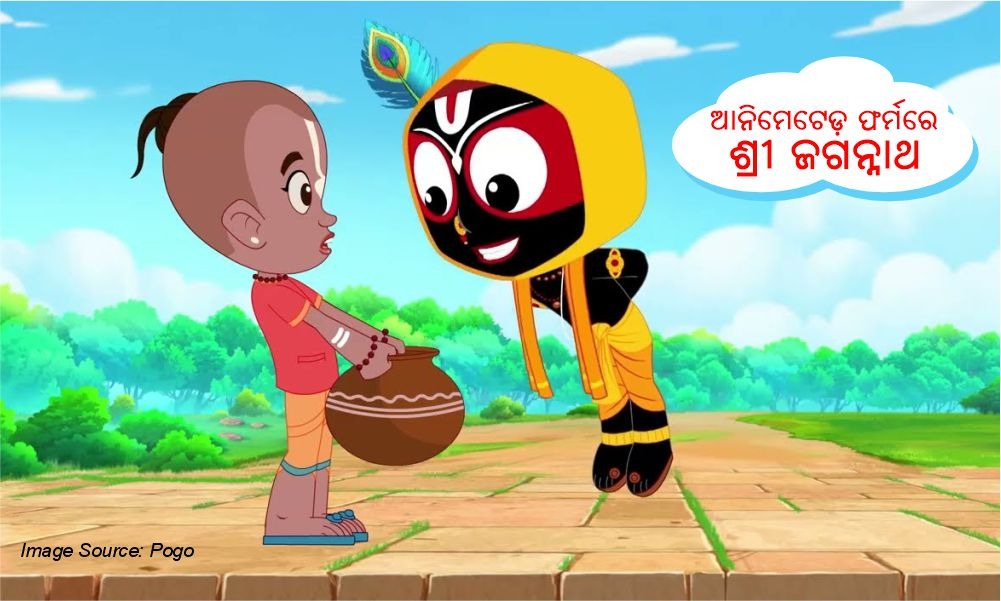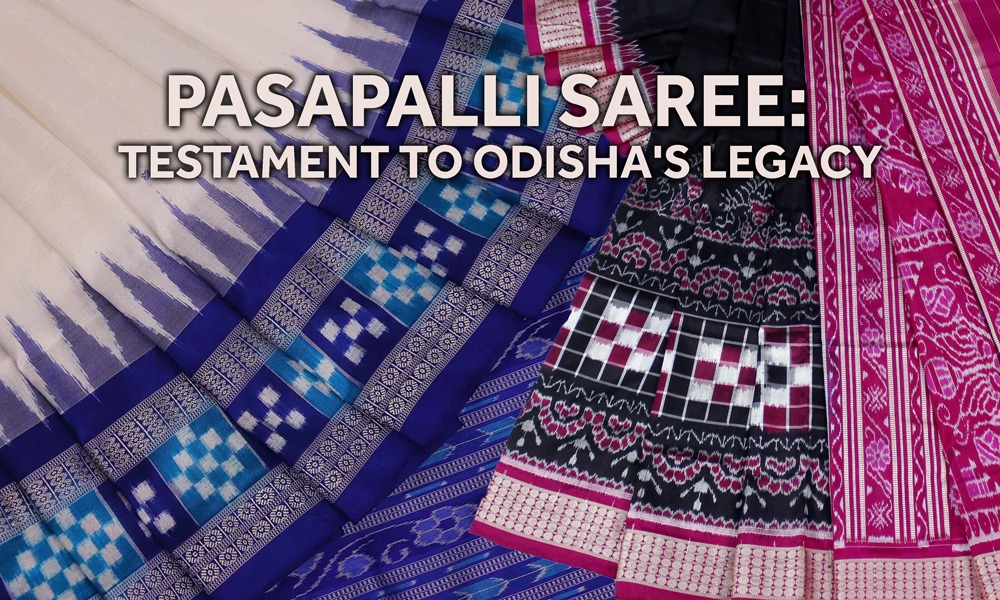Danda Nata Festival in Honour of Goddess Kali Concludes in Odisha’s Ganjam with Grand Meru Jatra Celebrations

The centuries-old Danda Nata festival, an intense ritual of devotion and penance observed in Odisha’s Ganjam district, came to a spiritual close on the auspicious occasion of Maha Bishuba Sankranti. Celebrated with unmatched zeal and fervour, the festival honours both Lord Shiva and Goddess Kali, blending religious tradition with cultural spectacle. For 21 days, the air in Ganjam resonated with the rhythmic sounds of drums, cymbals, and conch shells as devotees and performers took part in one of the most unique and intense religious practices in the region.
In various locations across Berhampur, including New Bus Stand, Panigrahipentha, Diamond Tank Road, Bijipur, Ambapua, and Anand Sarani, thousands of devotees congregated at Danda Kali temples to witness the climactic Meru Jatra celebrations. The most awaited moment was the final offering by the Pata Bhoktas—the lead spiritual performers of the Danda Nata troupes. These individuals, after undertaking a ritualistic bath, were blindfolded and their bodies covered with a sacred paste made of turmeric and other herbs. They were then suspended upside down above a fire pit, and the ritual continued until three drops of blood fell from their nostrils into the flames. This powerful act symbolised the culmination of their penance, drawing chants and cheers from the mesmerised devotees.
The festival is steeped in strict discipline and self-restraint. The participants, known as Danduas or Bhoktas, temporarily leave their homes and families to lead an austere life near temples or sacred locations. Their sole focus during this period is spiritual devotion and the worship of Goddess Kali and Lord Shiva. Starting from Ram Navami and lasting for 13, 18, or 21 days, Danda Nata ends each year on Maha Bishuba Sankranti, aligning with the solar new year. The Danduas march every morning to the sound of musical instruments, moving in rows with red and yellow flags. Locals welcome them into their homes to perform sacred dances and offer blessings. Despite the intense summer heat, Danduas carry on barefoot, often walking over burning soil, and even rolling on it in one of the ritual phases, showing complete devotion and physical endurance.
This year, participants and devotees experienced brief periods of rain and hail, considered by many to be divine blessings. The rituals are divided into three significant phases—Dhuli Danda, Pani Danda, and Agni Danda. Dhuli Danda takes place in the afternoon, where Danduas roll bare-bodied on the hot ground. In the evening, they perform Pani Danda near ponds or other water bodies. As night falls, the awe-inspiring Agni Danda rituals begin, capturing the imagination of onlookers with displays of fire and symbolic suffering. During the festival period, Danduas eat only once a day and do not drink water until the evening Pani Danda ritual. They wear only saffron, yellow, or white clothes, and the idols of the deities are carried in red boxes decorated with peacock feathers.
The origins of Danda Nata are not precisely documented, but scholars estimate that the tradition dates back over 400 years. According to mythology, one version traces the festival’s roots to the 13 sons of the sage Tarani in the Tretaya Yuga, who inflicted punishment upon themselves to atone for a misdeed and please Lord Brahma. Another story links the festival to 13 sons of Indra and Kubera, who were cursed by sage Astabakra for mocking his physical appearance. Reborn in the human world, they suffered greatly until their devotion and penance brought divine mercy. A dramatic tale also recounts how a son of Indra, reborn as a bird hunter, was killed by a snake at Lord Shiva’s behest but later revived through the devoted prayers of his two wives to Goddess Kali. Moved by their devotion, Kali interceded with Lord Shiva, and the bird hunter was restored to life. He was then tasked with spreading the name and glory of the goddess, giving rise to the rituals seen in Danda Nata today.
Danda Nata is not just a festival; it is a spiritual commitment. There is no caste barrier for participation, and people from all backgrounds join as equals in penance and prayer. At the end of the festival, during the Meru Jatra, Danduas return home from their spiritual journey, having fulfilled their vows to the divine. With over 120 distinct Danda groups active across Ganjam district, the celebration continues to thrive as a vital part of Odisha’s cultural and spiritual heritage.
Leave a reply






